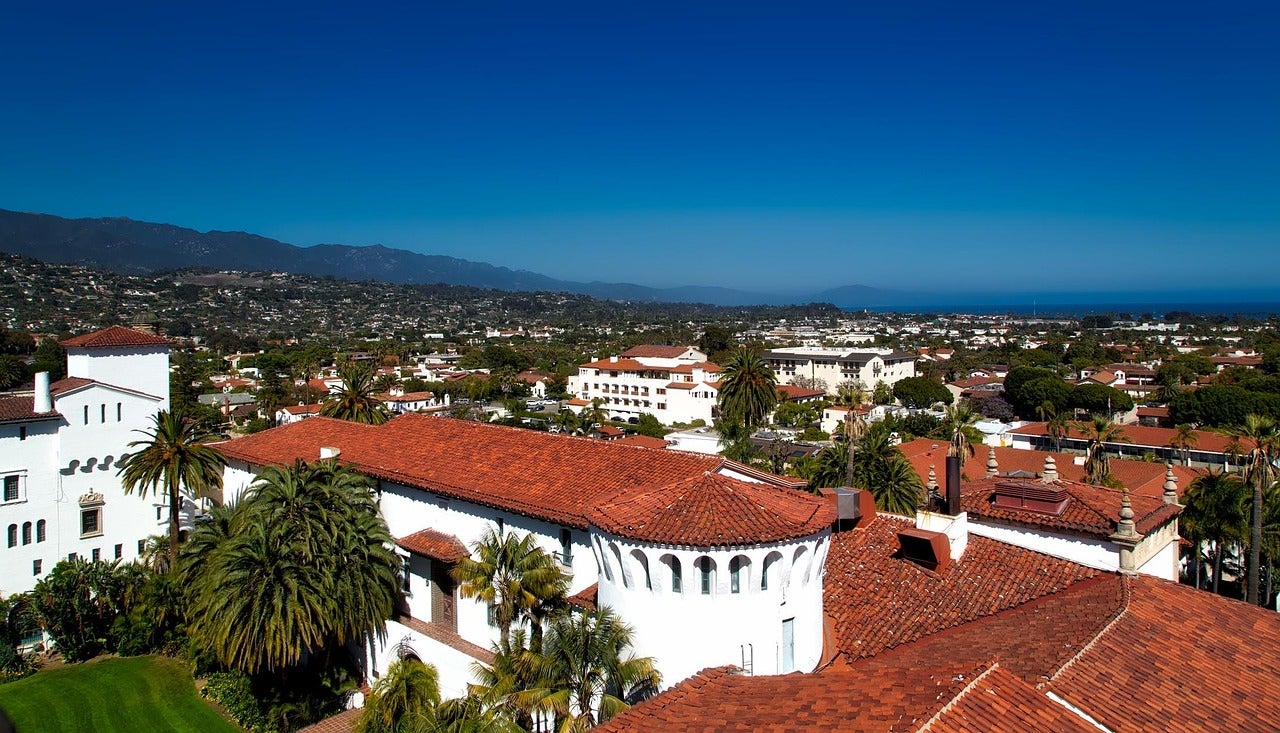Integrating Climate Mitigation and Adaptation Strategies into Low-Income Residential Developments in the City of Santa Barbara

In an effort to address the intersection between California’s current housing crisis and escalating climatic risks, this project supports the Housing Authority of the City of Santa Barbara (HACSB) in the redevelopment of Presidio Springs - a senior low-income housing complex. Affordable housing is a looming concern within the city, with many residents struggling to afford rent, paying substantially more than the recommended 30% of take-home pay. In fact, approximately 75% of extremely low-income households in the area spend over half of their income on housing. It is estimated that to reach an affordable standard of living, an individual within Santa Barbara would need to have an annual income of $116,000 per year. For those on limited income, this could mean housing instability and the very real risk of homelessness. Additionally, buildings have been shown to be responsible for approximately 42% of global carbon emissions, indicating much room for improvement. This project will provide for more equitable and sustainable housing to some of the city’s most vulnerable residents, with the City planning to expand the complex from 122 to 300–350 units. This project presents an excellent opportunity to integrate innovative and low-cost green building practices into affordable housing developments across Santa Barbara, improving both the quality of life for the residents as well as increasing the structure’s climate resiliency.
The team will conduct a material audit of the original development, identify sustainable and climate-resilient building materials, and formulate recommendations for green design strategies to reduce both the embodied and operational carbon footprint of the complex. Particular points of interest include identifying optimal low-carbon building strategies, passive methods of temperature moderation in the design of the building envelope, and water recapture systems such as greywater and condensate reuse systems. These measures to reduce the structure’s energy use and carbon footprint are expected to allow for its affordability through lower utility costs.
Anticipated deliverables for this project include a region-specific green building framework, as well as a comprehensive building materials matrix tailored to Santa Barbara’s climate and regulatory context. The work we produce will serve not only as a guide for the Presidio Springs redevelopment project but also as a replicable model for sustainable, affordable housing developments throughout the city.